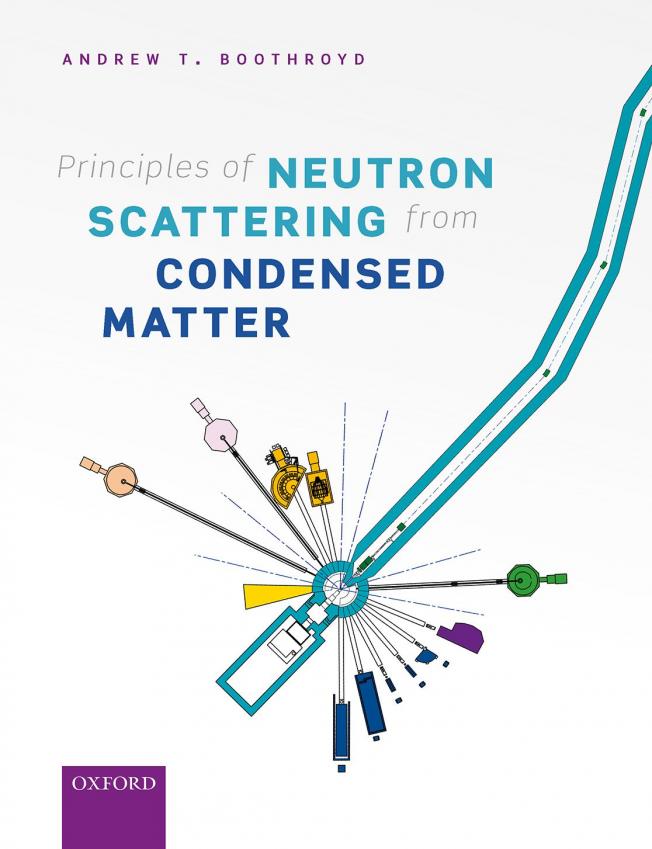Patterning of sodium ions and the control of electrons in sodium cobaltate.
Nature 445:7128 (2007) 631-634
Abstract:
Sodium cobaltate (Na(x)CoO2) has emerged as a material of exceptional scientific interest due to the potential for thermoelectric applications, and because the strong interplay between the magnetic and superconducting properties has led to close comparisons with the physics of the superconducting copper oxides. The density x of the sodium in the intercalation layers can be altered electrochemically, directly changing the number of conduction electrons on the triangular Co layers. Recent electron diffraction measurements reveal a kaleidoscope of Na+ ion patterns as a function of concentration. Here we use single-crystal neutron diffraction supported by numerical simulations to determine the long-range three-dimensional superstructures of these ions. We show that the sodium ordering and its associated distortion field are governed by pure electrostatics, and that the organizational principle is the stabilization of charge droplets that order long range at some simple fractional fillings. Our results provide a good starting point to understand the electronic properties in terms of a Hubbard hamiltonian that takes into account the electrostatic potential from the Na superstructures. The resulting depth of potential wells in the Co layer is greater than the single-particle hopping kinetic energy and as a consequence, holes preferentially occupy the lowest potential regions. Thus we conclude that the Na+ ion patterning has a decisive role in the transport and magnetic properties.Influence of static Jahn-Teller distortion on the magnetic excitation spectrum of PrO2:: A synchrotron x-ray and neutron inelastic scattering study
PHYSICAL REVIEW B 76:13 (2007) ARTN 134419
Terahertz-frequency conductivity of charge stripes in the antiferromagnet La5/3Sr1/3NiO4
(2007) 852-853
Abstract:
We report the complex refractive index of La5/3Sr1/3NiO4 over the terahertz frequency range, obtained using time-domain spectroscopy. Negligible change in the complex refractive index with magnetic flux densities up to 6T was seen, while changes were observed as the lattice temperature was increased from 1.5 K to the charge-ordering temperature at 220 K. The terahertz frequency response therefore originates from the dielectric function rather than the magnetic permeability.Phase separation, memory effects, and magnetization steps in single crystalline La1.1 Sr1.9 Mn2 O7
Physical Review B Condensed Matter and Materials Physics 74:13 (2006)
Abstract:
The magnetic ground state of a single crystalline bilayered manganite La1.1 Sr1.9 Mn2 O7 is investigated using bulk magnetic measurements. Besides large relaxation times, memory effects reminiscent of that seen in spin glasses are also observed both in the field cooled and zero field cooled measurement protocols. These indicate that this system is not a canted antiferromagnet as was reported earlier, but on the contrary has an inhomogenous magnetic ground state arising as a consequence of phase separation. We also report the observation of sharp metamagnetic steps in this bilayered manganite, similar to that seen in phase separated three-dimensional perovskites. © 2006 The American Physical Society.Local matrix-cluster interactions in a phase separated perovskite
Physical Review B - Condensed Matter and Materials Physics 74:10 (2006)


